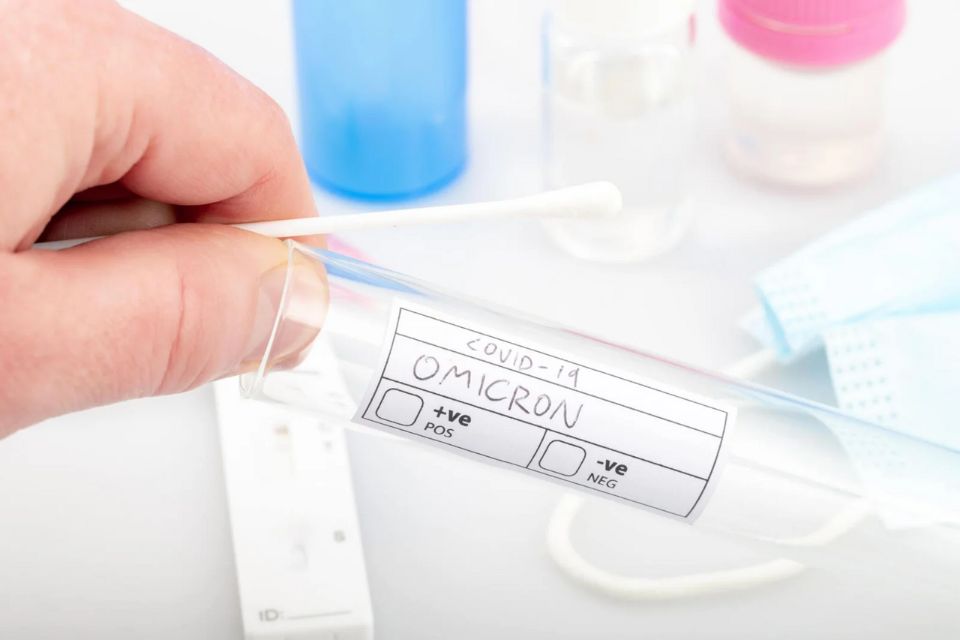A Comprehensive Evaluation of Swab Performances: Spotlighting Flocked Swabs

What are Flocked Swabs?
Flocked swabs are a novel type of sampling swab with a nap-like structure comprising numerous vertically-aligned microfibers on the sampling head. Unlike traditional swabs made of wound fibers, flocked swabs boast a larger surface area, potentially enhancing sample collection efficiency. In fields like healthcare, environmental monitoring, and forensics, flocked swabs are gradually replacing conventional swabs as the new standard sampling tool.
The Importance of Sampling Efficiency
Whether it's medical diagnostics, food testing, or forensic investigations, efficient and accurate sample collection is crucial for reliable results. The quantity of bacteria or viruses carried in the sample determines the sensitivity of the analysis, while residual samples left on surfaces may lead to false negatives. Therefore, evaluating the collection efficiency of different swab types and optimizing sampling methods is essential to ensure accurate analytical outcomes.
An Empirical Study
Researchers from the University of Tasmania conducted a comprehensive evaluation of four commonly available swab types: traditional cotton swabs, foam swabs, and two varieties of flocked swabs. In August 2023, under laboratory conditions, they tested the efficiency of these swabs in collecting green fluorescent protein (GFP)-expressing Escherichia coli from smooth surfaces. The study separately examined the "uptake efficiency" and "release efficiency" of the swabs and evaluated their overall sampling efficiency.
Comparison of Uptake Efficiency
The study found that traditional cotton swabs exhibited the highest uptake efficiency (96.5%), followed by the two flocked swabs (87% and 84.9%), while foam swabs performed the poorest (57.9%). This result may be attributed to the differences in swab materials and structures: cotton swabs have high liquid absorption capacity, while flocked swabs offer a larger surface area conducive to bacterial adhesion.
Analysis of Release Efficiency
However, when it came to release efficiency, flocked swabs significantly outperformed traditional cotton swabs. The research team tested eight different releasing buffers, and regardless of the buffer used, flocked swabs achieved over 70% release efficiency, whereas cotton swabs generally exhibited low release efficiency (<50%).
Overall Efficiency with Tris TAPS Buffer
By combining uptake and release efficiency, the researchers calculated the overall sampling efficiency. Using the Tris TAPS buffer as an example, one type of flocked swab (Hydraflock) performed best (80.4%), followed by another flocked swab (54.7%) and traditional cotton swabs (35%), with foam swabs ranking last (25.2%).
Multiple Factors Influencing Sampling Efficiency
This study clearly demonstrates that sampling efficiency depends not only on the swab itself but also on various factors, such as the releasing buffer, bacterial species, and surface properties. However, flocked swabs, while maintaining an ideal uptake efficiency, exhibited a superior release efficiency, making them stand out in the overall sampling efficiency evaluation.
Application Prospects for the New Technology
In recent years, flocked swabs have gained widespread adoption in medical and biological fields. Compared to traditional tools, flocked swabs have demonstrated superior sampling performance, promising to provide more accurate and reliable technical support for disease diagnosis, environmental monitoring, and even forensic analysis. In the future, further research into novel swab materials, structures, and usage methods will contribute to enhancing the overall quality of sample collection and analysis.
Click to View → Mantacc 96000A Flocked Swab
References
Performance evaluation of commercially available swabs for environmental monitoring: Uptake and release efficiency









